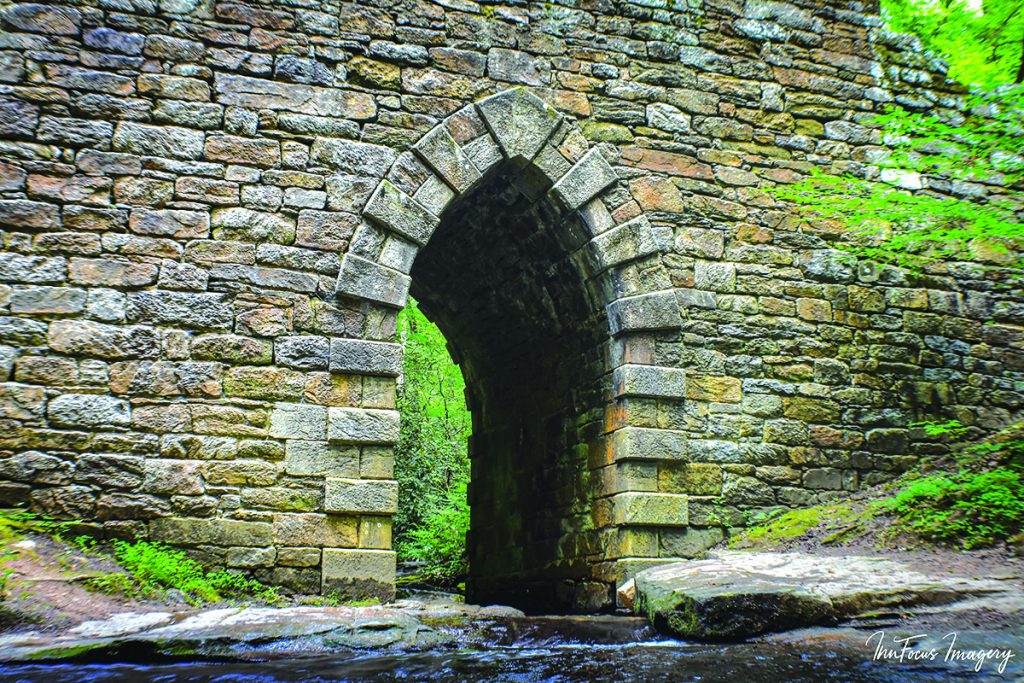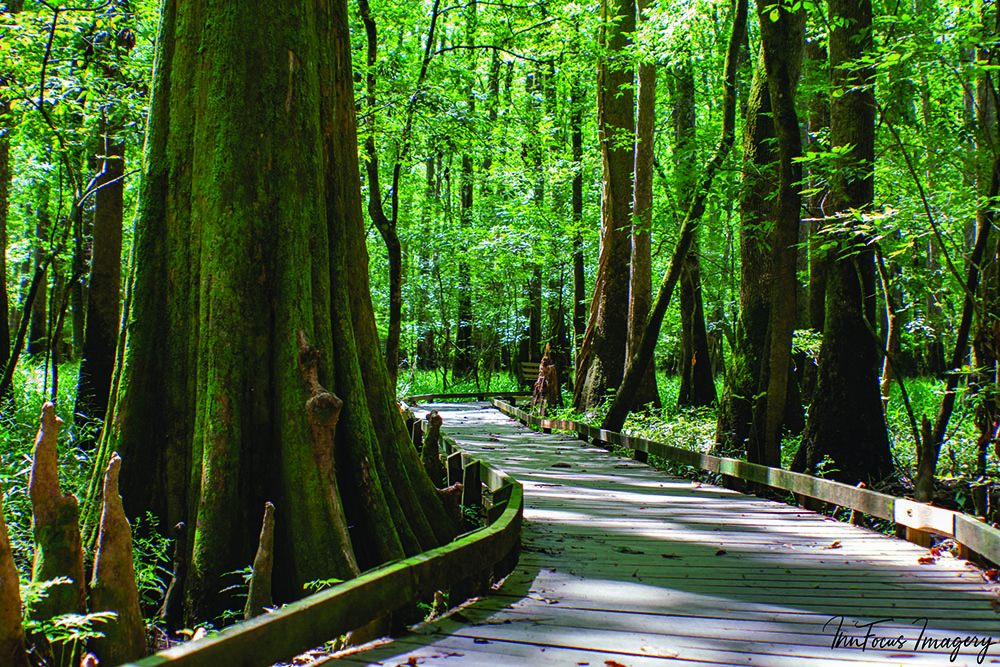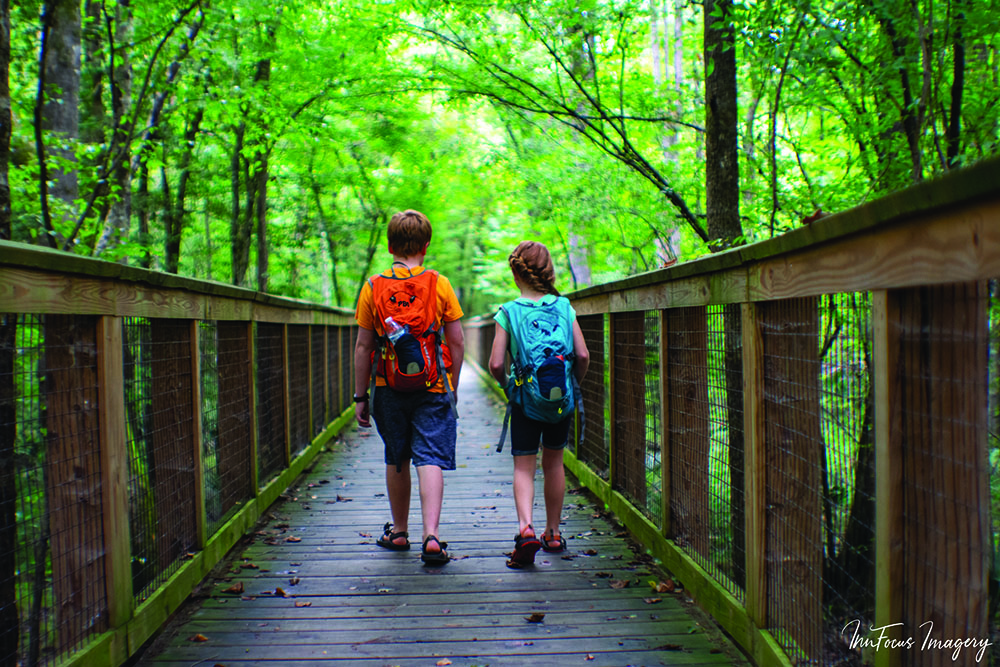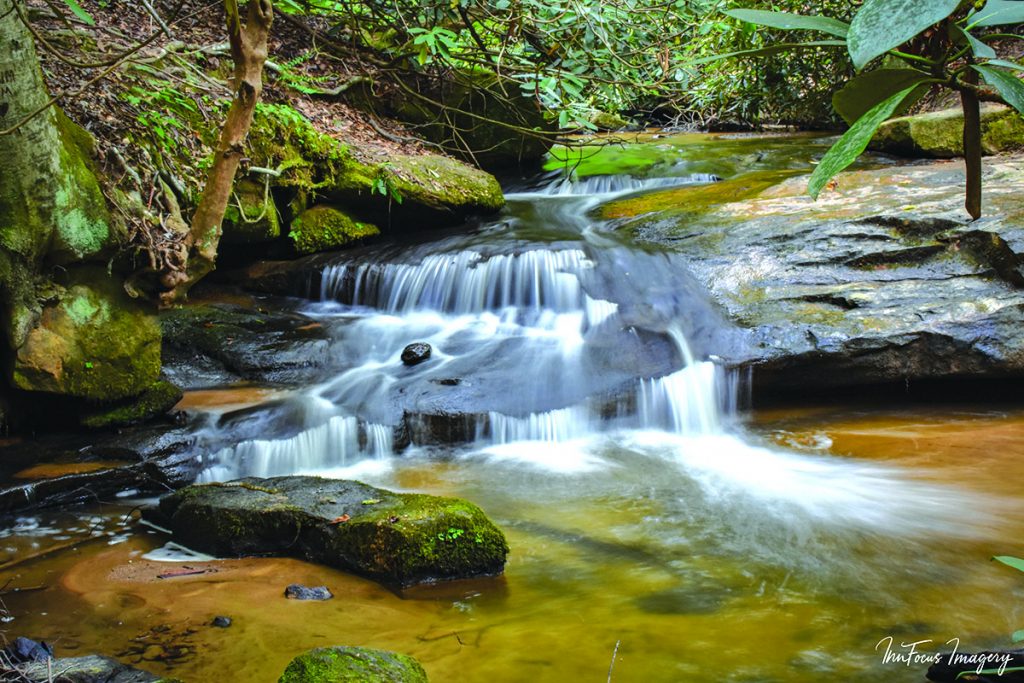Although relatively young for a national park, Congaree National Park holds a special place in the hearts of many. My children and I have visited this park several times but find something new to explore each time we go. This remains one of their favorite places to visit and I am greeted with whoops of happiness each time I ask if they’d like to go. Located just past Columbia, Congaree National Park makes for a day trip full of adventure and historical value as you trek into the largest tract of old growth bottomland forest in the country.
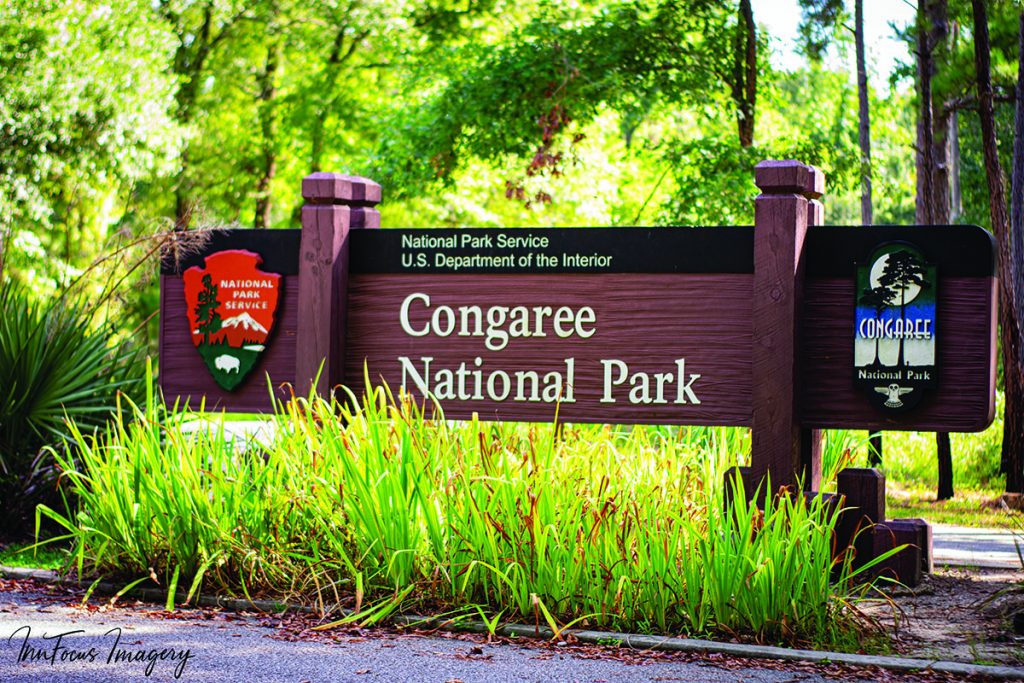
The first mention that I came across of the Congaree area in history was by Spanish explorer Hernando de Soto who came through during the early 1540’s. His exploration from Tampa Bay, Florida to Columbia, SC brought him to the Congaree area and likely straight through what is now the Congaree National Park. The first people to call the area home were the small Congaree Indian tribe that lived along the Congaree and Santee Rivers. Not much is known about this small tribe, but we do know is that many were wiped out by the Smallpox epidemic that was introduced by the European settlers.
The European settlers that moved into the Congaree area obtained land grants from the King of England. Though much effort was made, the floodplain proved inhospitable to crops and livestock alike. While agriculture did not take root, another natural resource flourished in the overly wet conditions of the floodplain. Much of the land was later acquired by the Santee River Cypress Lumber Company, owned by Francis Beidler and Benjamin F. Ferguson, to be used in their logging operation. Much of the harvesting took place along the Congaree and Santee Rivers, but transporting the felled Cypress trees proved to be problematic as many of them sank under their own weight rather than floating downriver for processing. Logging was halted in the area for over 50 years until a spike in timber prices caused many to try and rekindle the practice.
Many, fearing destruction of this precious tract of land, launched campaigns to save the Congaree floodplain. Harry Hampton and Peter Manigault joined forces to advocate the preservation of Congaree. Hampton later formed the Beidler Forest Preservation Association in 1961 which garnered the attention of the National Park Service who later reported agreeably on the possibility of forming a national monument at this location. The Beidler family began logging operations again in 1969 and this act eventually prompted the creation of the Congaree Swamp National Preserve Association. The Association then teamed up with the Sierra Club and others to encourage conservation of the area by way of federal legislation to specifically protect Congaree. In 1975, Senators Strom Thurmond and Ernest F. Hollings presented legislation to establish Congaree as a national preserve. In 1976, Congaree officially became Congaree Swamp National Monument. In 1988, the same senators expanded the monument to over 22,000 acres. On November 10, 2003, Congress declared the monument Congaree National Park.
The now 26,000+ acre park is home to approximately 15 champion trees which is reportedly the largest concentration of champion trees in the world. A champion tree is named as being the largest specimen of its kind. Congaree is also home to a wide array of wildlife, including deer, bobcats, feral pigs, coyotes and otters. In addition, there is a diverse collection of species of birds, amphibians, and snakes. Some of the best ways to view all the park has to offer is by hiking any of the multiple trails, canoeing down the 20-mile marked trail on Cedar Creek, or by spending a few days at one of the primitive campsites. The Boardwalk Loop, which features a 2.4 mile elevated walkway, is the more popular trail and takes you along a path complete with beautiful views of the varied landscape, multiple wildlife observation opportunities and instills a sense of being well out of range of the hustle and bustle of everyday life.
The park is located at 100 National Park Road in Hopkins, SC and is open 24 hours a day, 7 days a week. The Harry Hampton Visitor’s Center, which is open 9:00-5:00, has several interesting exhibits on the history of Congaree as well as the flora and fauna. On a side note, the mosquitoes can be ferocious, so make sure to bring extra bug spray! In short, a long day or long weekend spent at Congaree National Park is certain to recharge your proverbial batteries! It is a place of tranquility and solitude with a rich peppering of history and wildlife thrown in the mix.♦
By Courtney Boone Riddle
Photos by Chas and Courtney Riddle

